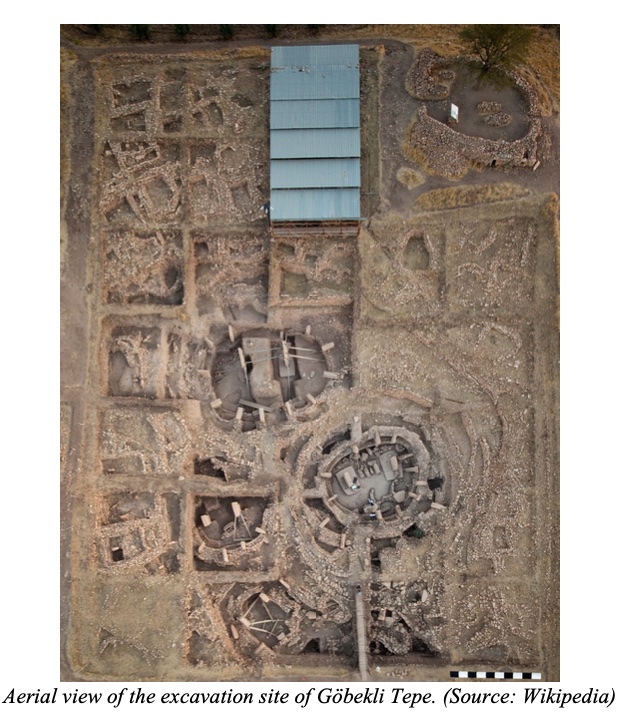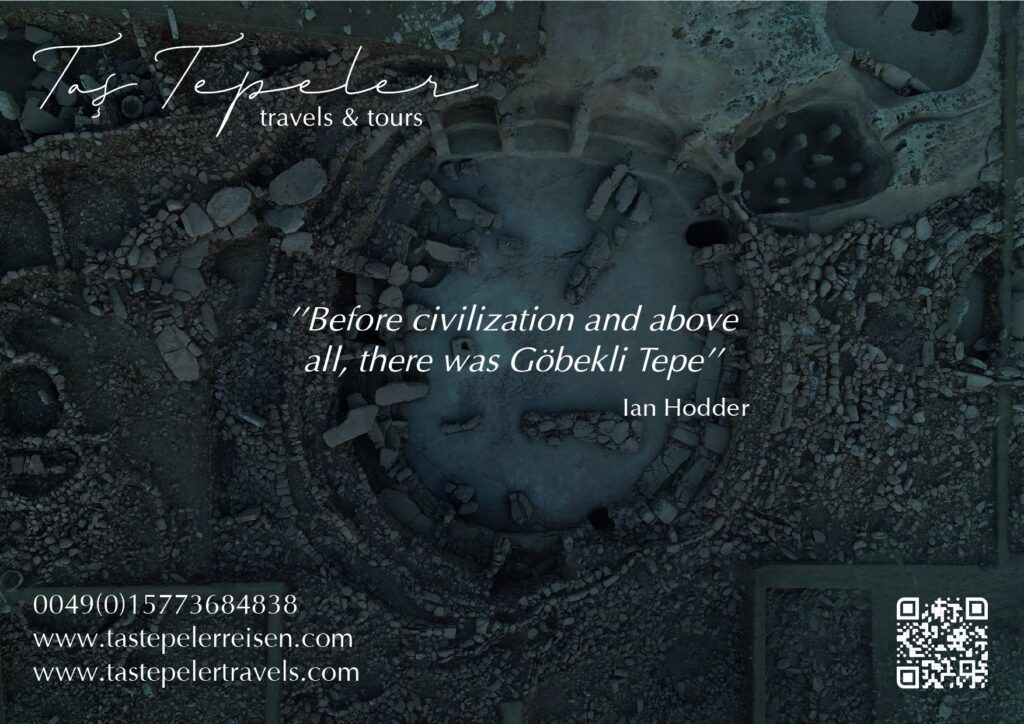
An Eliadean Approach
Microsoft Word – Baghos, The Symbolic World of Göbekli Tepe and the First Cities.docx
First noted in geographical surveys in 1964, Göbekli Tepe, an archaeological site situated about 15km north-east of the Turkish city of Sanlıurfa, was made famous in the 1990s by German archaeologist Klaus Schmidt. From 1995 until his death in 2014, Schmidt argued for the religious significance of this site. Mircea Eliade, the great twentieth century historian of religions, passed away in 1986, many years before Schmidt published his findings on Göbekli Tepe. Nevertheless, Eliade’s heuristic devices of axis mundi (centre of the world) and imago mundi (image of the world) can help us make sense of the symbolic significance of Göbekli Tepe; a significance that demonstrates that religion—expressed through a variety of symbols—is a necessary precursor to civilisation, to the first cities.


